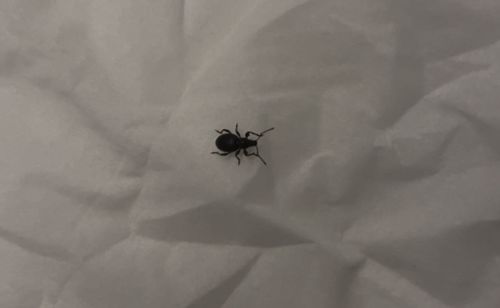Weevil (General)
Scientific Name: Various species within Curculionidae
Order & Family: Order: Coleoptera, Family: Curculionidae
Size: Typically 1 mm to 60 mm, with most common species ranging from 2 mm to 10 mm.

Natural Habitat
Weevils are found in a wide variety of habitats globally, including forests, grasslands, agricultural fields, gardens, and urban areas. They often live on or near their host plants.
Diet & Feeding
Weevils are phytophagous, meaning they feed on plants. Their diet varies widely depending on the species, but typically includes seeds, fruits, stems, roots, and leaves. Some are specialized feeders, while others are generalists.
Behavior Patterns
Weevils are generally slow-moving insects. Many species are nocturnal, feeding at night and hiding during the day. They are known for their distinctive snouts (rostums) which they use for feeding and, in females, for drilling holes to lay eggs.
Risks & Benefits
Risks: Many species of weevils are significant agricultural pests, causing damage to crops (e.g., boll weevil on cotton, rice weevil on stored grains) which can lead to economic losses and food spoilage. Benefits: Some weevil species are used in biological control programs to manage invasive weeds. Others play a role in seed dispersal or as a food source for other animals.
Identified on: 8/29/2025